Importance of Slow-release carbohydrates in Endurance sports

لقراءة المحتوى باللغة العربية اضغط هنا
It has been well-established that carbohydrate ingestion during prolonged (>1 h) moderate-to-high intensity exercise can significantly improve endurance performance. For exercises lasting more than 2 hours the greatest performance enhancement was seen at an ingestion rate between 60 and 80 g of carbohydrate per hour and that small amounts of carbohydrate ingestion during exercise may also enhance the performance of shorter duration (45-60 min).
Recently, studies have also emphasized the importance of the types of carbohydrates ingested for performance enhancement. It was found in many studies that slow-release carbohydrates like Isomaltulose (Palatinose™) and Trehalose have been effective in improving prolonged exercise performance compared with quickly absorbed carbohydrates like Glucose, Maltodexrtin or Sucrose.
Imagine yourself in a cold winter evening, in front of a fire place and having a limited quantity of wood. You will probably keep using the wood efficiently in small quantities enough to keep the fire for the longest possible duration.
Similarly, is the effect of slow-release carbohydrates in prolonged endurance activities.
This effect was attributed to 3 main reasons:
- It maintains energy fuel levels throughout the training or competition.
This is because quickly absorbed carbohydrates induce a rapid increase in blood glucose level associated with additional secretion of insulin. This may result in hypoglycaemia (reduced energy fuel in the body) during early stages of exercise, resulting in a decrease in performance. This doesn’t happen in the case of slow-release carbohydrates as they only induce a slight Insulin secretion and hypoglycaemia is unlikely to happen.
- It provides prolonged energy supply.
The slow and continuous absorption of Trehalose and Isomaltose allows for maintenance of sufficient levels of energy (glucose) in the blood in the later stages of prolonged exercise.
- It makes your body uses fats as additional source of energy and preserves fuel stores for longer time.
Quickly absorbed carbohydrates, enhances carbohydrates metabolism and inhibits fat metabolism which results in a quicker depletion of fuel stores. On the other hand, the longer time it takes to digest slow-release carbohydrates, allows for fat oxidation (using fats as an additional source of energy) which results in preservation of carbohydrates stores (fuel stores) for longer periods and better energy supply in later stages of a race or an exercise.
Based on these studies, the current recommendation for endurance athletes is to use a mix of quickly and slowly release carbohydrates during exercise and competitions.
Being committed to developing its products according to the latest scientific evidence, Sponser incorporates a mix of Isomaltulose and Trehalose with other quickly absorbed carbohydrates in sports drinks ISOTONIC, COMPETITION, LONG ENERGY and Isomaltulose in carbohydrate gels LIQUID ENERGY GELS.
References:
(1) Cermak NM, van Loon LJ. The use of carbohydrates during exercise as an ergogenic aid. Sports Med. 2013 Nov;43(11):1139-55. doi: 10.1007/s40279-013-0079-0. PMID: 23846824.
(2) Jeukendrup A. A step towards personalized sports nutrition: carbohydrate intake during exercise. Sports Med. 2014;44 Suppl 1(Suppl 1):S25-S33. doi:10.1007/s40279-014-0148-z
(3) Wadazumi T, Watanabe K, Watanabe H, Yokoyama H, Hongu N, Arai N. Effects of a Single Ingestion of Trehalose during Prolonged Exercise. Sports (Basel). 2019 Apr 29;7(5):100. doi: 10.3390/sports7050100. PMID: 31035710; PMCID: PMC6572148.
(4) Stevenson EJ, Watson A, Theis S, Holz A, Harper LD, Russell M. A comparison of isomaltulose versus maltodextrin ingestion during soccer-specific exercise [published correction appears in Eur J Appl Physiol. 2017 Nov 16;:]. Eur J Appl Physiol. 2017;117(11):2321-2333. doi:10.1007/s00421-017-3719-5.
(5) König, D.; Zdzieblik, D.; Holz, A.; Theis, S.; Gollhofer, A. Substrate Utilization and Cycling Performance Following Palatinose™ Ingestion: A Randomized, Double-Blind, Controlled Trial. Nutrients 2016, 8, 390. https://doi.org/10.3390/nu8070390
(6) Juul Achten, Roy L. Jentjens, Fred Brouns, Asker E. Jeukendrup, Exogenous Oxidation of Isomaltulose Is Lower than That of Sucrose during Exercise in Men, The Journal of Nutrition, Volume 137, Issue 5, May 2007, Pages 1143–1148, https://doi.org/10.1093/jn/137.5.1143
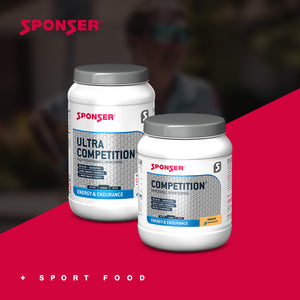

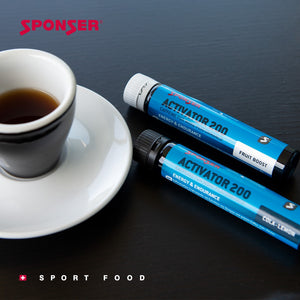
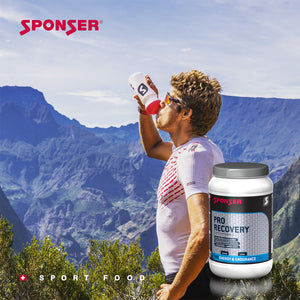
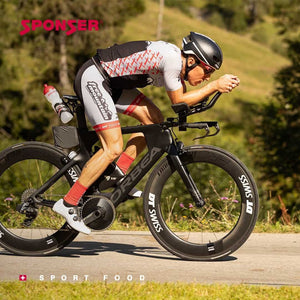
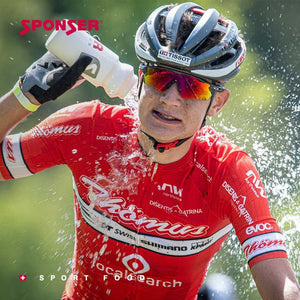
Comments 0